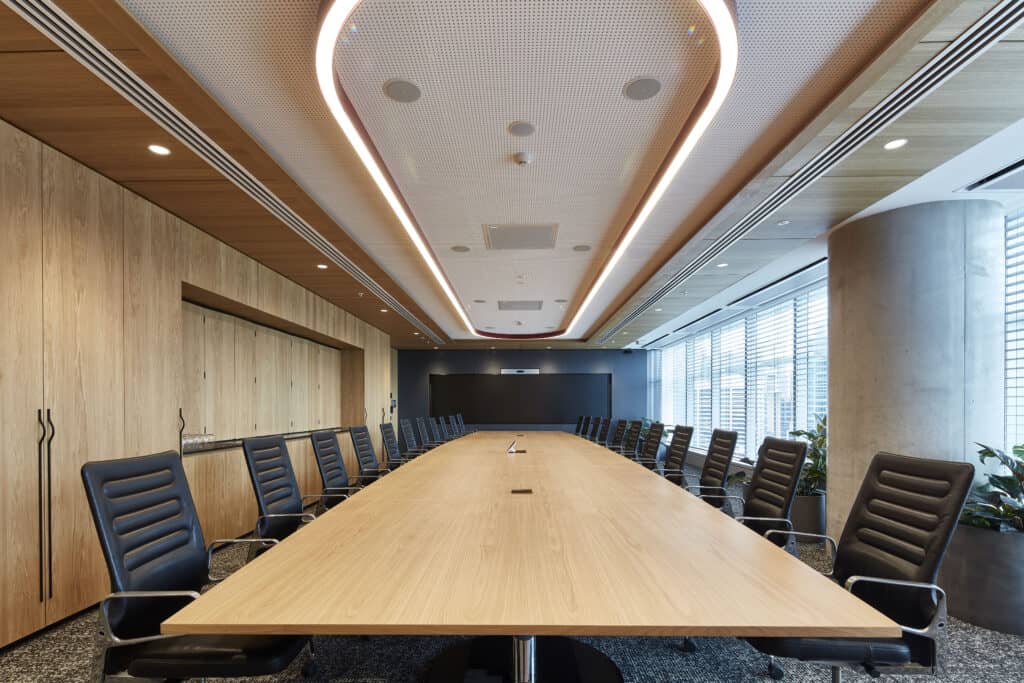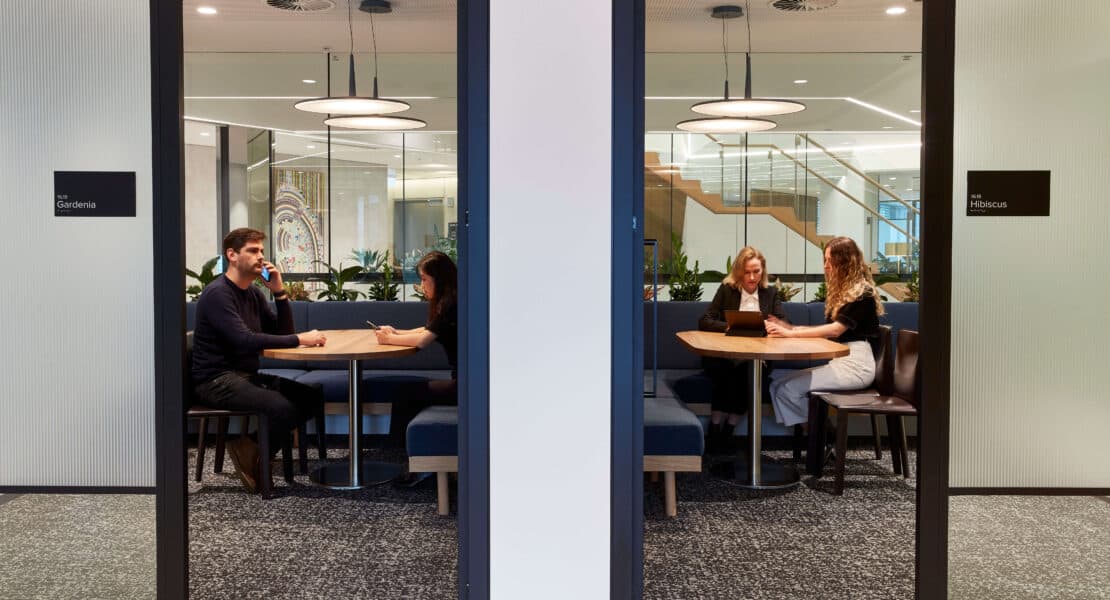Audio Visual Systems for a Hybrid World
In 2023, many Australian organisations have transitioned their employees to hybrid working arrangements. A hybrid work model provides employees with the flexibility to work from a combination of on-site (physical workplace) and remote locations (at home, coffee shops, etc). This model enables greater employee autonomy and control over their work schedule. However, running in parallel with the move to hybrid is a dependence on the collaborative technologies which drive successful internal and external meetings.
Modern organisations depend on the success of their workplace technology infrastructure. As this reliance on collaborative technologies becomes more entrenched, how can you ensure your organisation is investing in the appropriate systems to support your team?
In this article, we explore the common pitfalls and risks facing organisations making poor investments in workplace technology and how they can be avoided.
Why invest in Workplace Technology?
Whether you identify as a small startup or a large multinational, ensuring your audio visual system is designed to meet your workforce’s requirements is crucial for running a successful hybrid work model.
A reliable, well-designed, audio visual system can benefit your organisation in several business-critical ways, including:
- Improved Communication:
Clear and concise communication is the backbone of any strong organisation. With web conferencing and collaboration tools, you can communicate with remote employees, clients, and partners in real-time. This can help to improve productivity and streamline communication processes. - Enhanced Presentations:
The quality of your audio visual system translates into the quality of your sales pitch, your employee training, or how you present data. If your system is designed appropriately, it can enhance how information is presented and provide viewers with confidence in your capabilities. - Increased Collaboration:
With advanced collaboration tools and screen-sharing capabilities, you can work together with team members and clients, no matter where they are located. A well designed system may even be device agnostic, enabling users to seamlessly share and present information regardless of their organisation or devices.
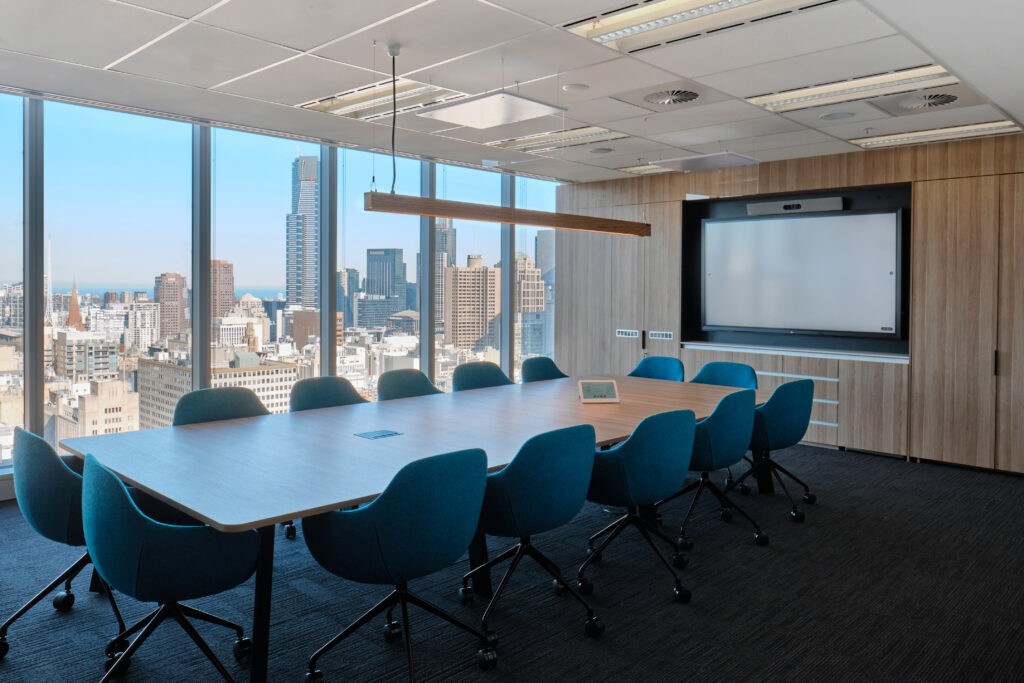
What are common pitfalls organisations make when upgrading or investing in their workplace technology?
A high-quality and reliable audio visual system is no longer a luxury for many organisations. Instead, workplace technology is a necessity underpinning a range of business critical functions. An organisation’s ability to seamlessly coordinate and collaborate with many employees across disparate locations is a core part of the hybrid model. Unfortunately, organisations often invest time and capital in all the wrong places. However, and perhaps most alarmingly, many organisations are afraid or unwilling to invest in their workplace technology at all.
Over the last 20 years, we have worked with hundreds of organisations to design, document, and coordinate bespoke audio visual and workplace technology systems. Reflecting back on years of work and hundreds of projects these are the 3 most common pitfalls we have observed:
1. Unwillingness to Invest
Many organisations simply do not see the value in investing in a commercial audio visual system. Eventually, a system of cobbled together laptops, HDMI cables, randomly installed screens and projectors, and inconsistent standards will collapse under the sheer unwieldiness of it all.
But before this inevitable collapse, employees must endure the embarrassment of losing control of a presentation mid-meeting due to technology failures. Picture it now, the scramble for a USB stick and a second laptop, foraging around the office for a fresh HDMI cable, and other onerous troubleshooting activities required to simply run a meeting.
Organisations that are unwilling to invest in workplace technology eventually must ask themselves “is failing to invest in our workplace technology actually costing us employees and productivity?”
A well-designed audio visual system just works. Employees don’t need to think about how to use the system to make calls or present, you can use any device and seamlessly connect and share your presentation, web conferencing call, or documents.
The ability to perform these tasks seamlessly is fundamental to running a successful hybrid workforce. However, this requires an appropriate investment. Sooner or later, organisations realise the importance of these technologies and invest accordingly. Ideally organisations should aim to be proactive, forward-looking, and have a detailed roadmap and budget for future workplace technology upgrades or expansions.
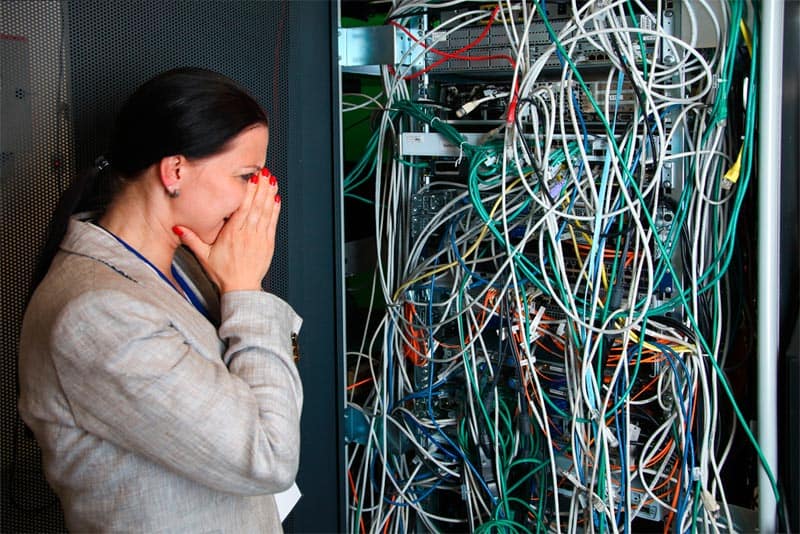
2. Single Selecting One Contractor
Some years ago, a procurement manager needed a new meeting room equipped for videoconferencing. The procurement manager engaged Audio Visual Contractor XYZ to complete the work. The procurement manager received an AV system that worked and today Contractor XYZ has been responsible for every audio visual and workplace technology system deployed throughout the organisation. Every room in the organisation contains different technologies, processes, and standards but all rooms have Contractor XYZ in common.
The ad-hoc award of all these small projects to a single contractor has led to all the systems and technologies being different. Not only is there a lack of design and user experience consistency, but none of the solutions were market tested – so how can the organisation validate if they were smart investments?
When workplace technology investments are made without any strategy or plan, decisions end up being driven by convenience and for convenience there is a cost. Some of these costs are as follows:
- Lack of technology integration and consistency. The workplace technology solution is comprised of several siloed solutions that do not integrate. Employees must navigate a maze of different systems and processes and the use of some meeting rooms is avoided.
- Lack of standards and upgrade pathways.
- The equipment provided was selected to maximise Contractor XYZ’s profit margin and not to meet the organisation’s requirements. Therefore, the solution is either bloated and overly complex or is missing key user features.
When organisations fall into a single select contract arrangement, we eventually see the relationship collapse as the disparate systems and costs grow exponentially over time. Unfortunately, often so much damage and misdirected investment has accumulated the entire organisation undertakes a complete workplace technology refresh.
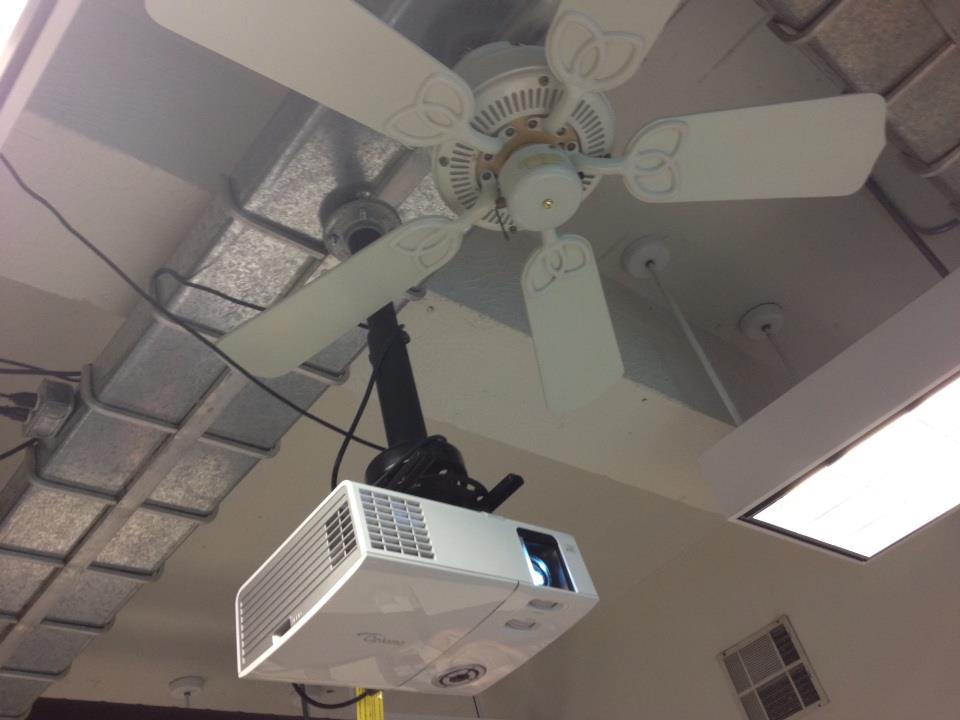
3. Working with a Services Engineer and not a Technology Consultant
Frequently, organisations contract large engineering services engineer to undertaken audio visual consulting works. These organisations employ a large quantity of engineers from various disciplines but often lack true specialist audio visual consulting experience.
There are several pitfalls organisations may experience contracting an engineering services company to provide workplace technology consulting services:
- Inability to effectively workshop with User and Technical stakeholders. Specialist technology consultants have run hundreds of audio visual and workplace technology workshops to translate user needs to system requirements. Engineers may not have the requisite skills and understanding to effectively run Concept Design workshops.
- A gap in their knowledge regarding the latest products on the market, the availability of products in the market, or the technologies available on the market to service the client’s needs.
- Low quality documentation. Standard templates used by services consultants may not be suited to document an audio visual system or a workplace technology solution.
- A lack of specialised knowledge and infrequent exposure to audio visual system design and installation can also lead to issues during project management and increased defects.
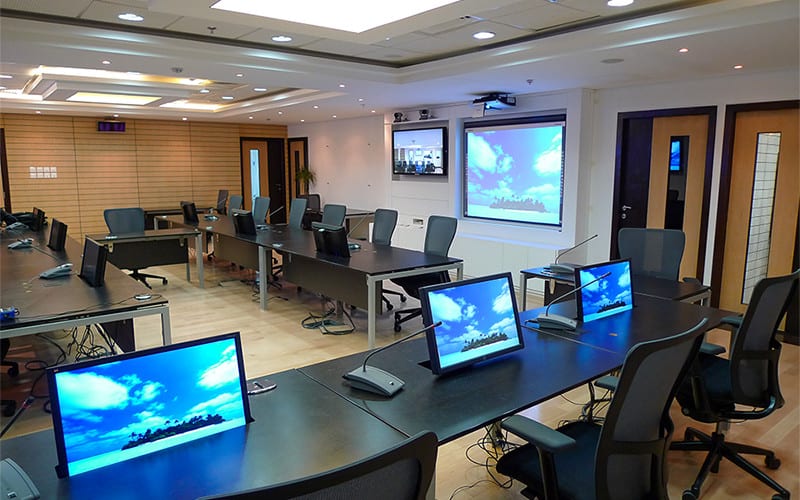
How to Invest in Workplace Technology
Workplace technology and an organisation’s audio visual systems underpins the success or failure of the hybrid working model. The decision to invest in an organisations workplace technology solution should be made while receiving independent and expert advice from a specialist audio visual consultant.
The following are some of the ways an audio visual consultant can support an organisation’s investment in workplace technology solutions:
- Run and manage workshops with users and stakeholders to determine the organisation’s specific workplace technology requirements. Map these user needs to actual technology systems.
- Provide independent advice on solutions available on the market which meet the organisation’s requirements (not motivated by margins or equipment supplier relationships).
- Complete design documentation and pre-tender budgets
- Provide access to trusted, experienced Contractors and enable the organisation to receive accurate market pricing.
- Provide independent value management advice if required
- Ensure the user requirements and organisation’s needs are mapped to the design, and that the equipment installed aligns with these requirements.
- Validate the installation of equipment is correct & meets specification, and coordinate any defects on behalf of the Client.
An AV Consultant is your organisations biggest workplace technology advocate. The AV Consultant’s role serves as the organisation’s independent advisor and designer, who works closely with relevant stakeholders to deliver a consistent, ubiquitous, and reliable audio visual system.
So, how can make sure you hire the right AV Consultant for your organisation?
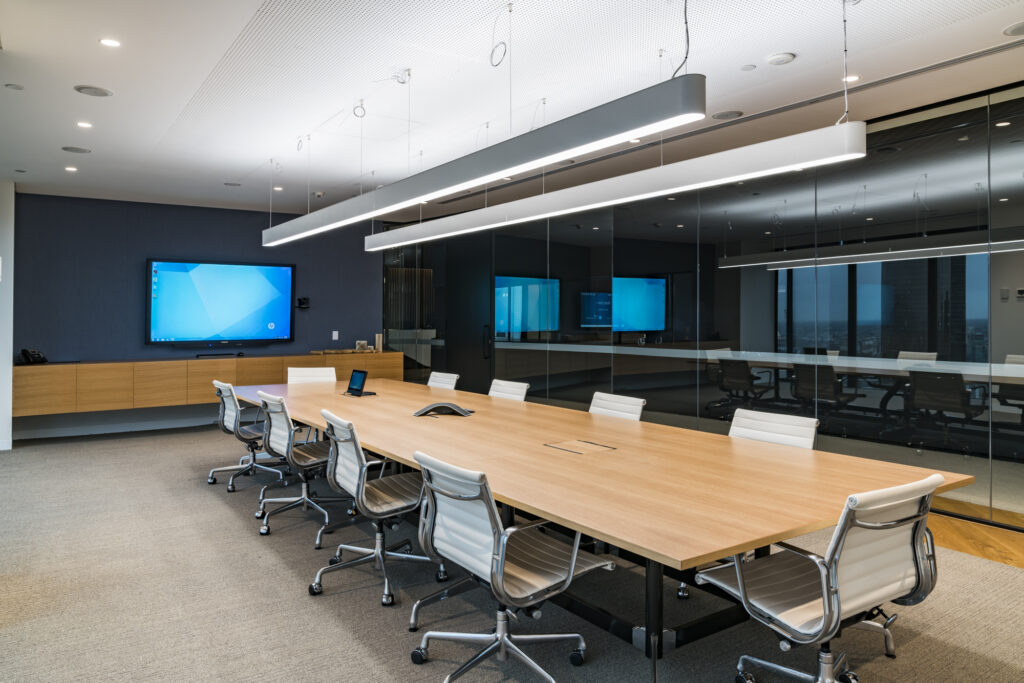
What to Look for in an AV Consultant?
When choosing an AV consultant, it’s essential to choose someone who has the skills and expertise necessary to understand your specific organisation’s needs. Look for a consultant with:
- Extensive experience working with organisations like yours, and who understands the latest technologies and trends.
- Knowledge of the industry. Ensure the consultant has a robust understanding of the latest audio visual technologies, and can help stakeholders make the best decisions for the organisation.
- Strong communication skills. Choose a consultant who has excellent communication skills, and who can help your organisation understand the different options and technologies available.
Making the Most of your Workplace Technology Investment
Finally, once a consultant has been contracted and the organisation has proceeded to invest in workplace technology, what can your organisation do to maximise the benefit of your new systems?
Once an effective audio visual system is in place, it’s important to make the most of it. Here are some tips to maximise your organisation’s workplace technology and audio visual system to its full potential:
- Train employees. Ensure that all employees understand how to use the system, and how to get the most out of it.
- Use it regularly: Make sure the AV system is being used on a regular basis. This will help to keep it up-to-date and ensure that it continues to meet your needs.
- Keep it up to date. Regularly upgrade the AV system to keep up with the latest technologies and trends, and to ensure that it continues to meet your needs.
- Work with your consultant to plan an upgrade roadmap, prepare audio visual design standards, and document standard room types and plans for future deployments.
In conclusion, upgrading your workplace technology solution can be one of the most important decisions you make this year. We all know how important technology is in a world that has embraced hybrid work. It is critical your organisation has access to independent and expert advice to ensure smart workplace technology investments are made.
At UT Consulting, we pride ourselves on our specialist audio visual consulting team. We have been fortunate to deliver workplace technology solutions on behalf of ANZ Bank, Australia Post, Wesfarmers, Chevron, and many other leading Australian organisations. We strongly recommend engaging a technology consultant to support your investment in the future of work.
If you or your organisation are considering upgrading their audio visual or workplace technology system feel free to speak with one of our consulting team at: +61 3 9601 6555.
